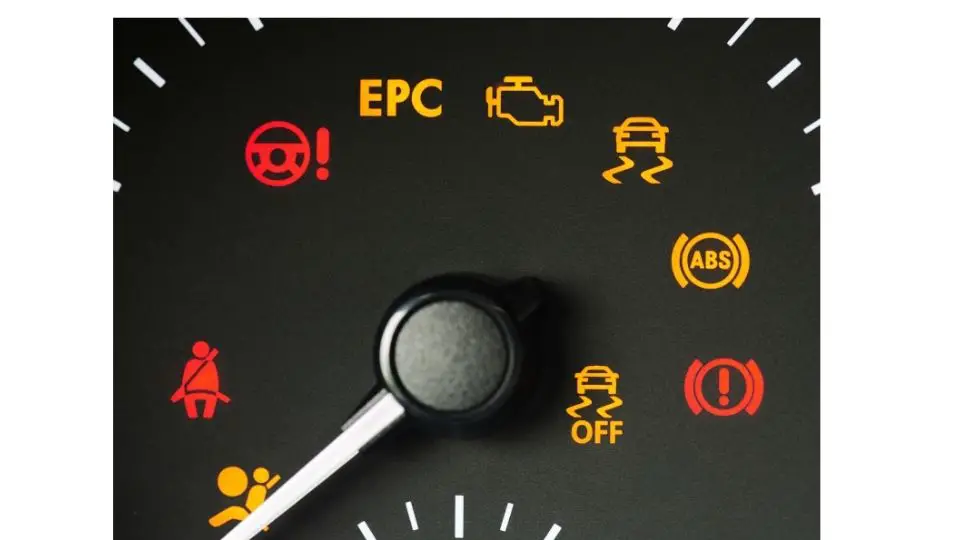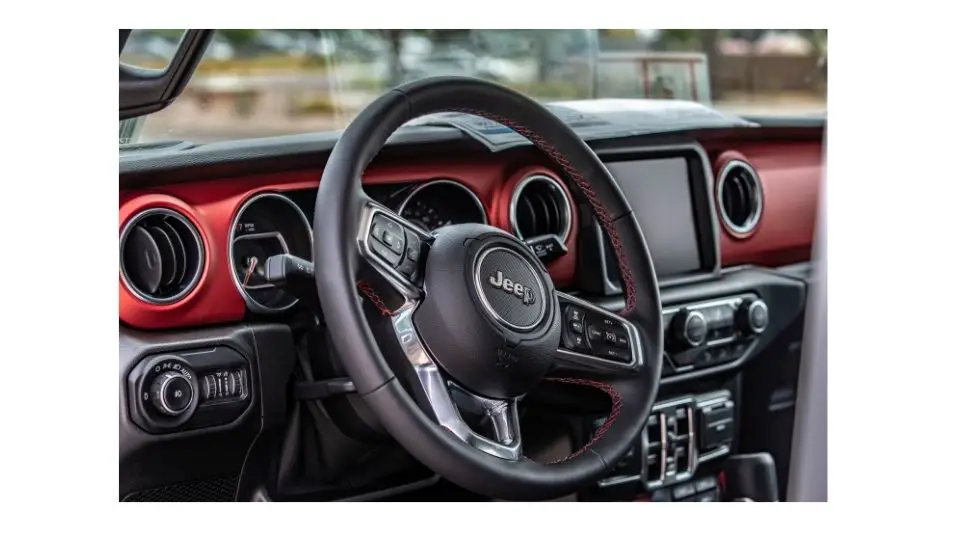Over the years, however, there has been one quite pervasive problem that has been widely reported on Jeep owner forums and social media groups, and that’s the problem of the sudden unwelcome appearance of the ESP/BAS light on your Jeep’s dash cluster.
There’s a lot of pleasure to be derived from driving a vehicle from Jeep’s eclectic range, from the Wrangler to the Compass, the Grand Cherokee to the Gladiator there’s really something for everyone.
In today’s article, I will first explain what th ESP/BAS light is, why it lights up so suddenly and seemingly inexplicably, and finally what you can do about it when it does.
What is the ESP/BAS Light on Jeep?
These two curious acronyms stand for Electronic Stability Program (ESP) and Brake Assist Program (BAS) respectively. Despite the great annoyance that many feel when it comes on, this light does have a useful function to perform within your Jeep.
Both ESP and BAS are tied in with various safety protocols that are programmed into your vehicle. While it’s true that you should take any showing of the light seriously, there may also be some less worrying explanation as to why the light is showing up.
It could be argued that this function is somewhat “oversensitive” on the Jeep, but by no means should any driver come to disregard the light entirely.
What causes the ESP/BAS Light Jeep to Come On?
First, let’s deal with the causes of the ESP/BAS light illumination. There are three main causes that prompt the light to come on:
- Problem with the wheel speed sensor
- A faulty brake switch
- Steering angle sensor
Wheel Speed Sensor
One of the key functions of the ESP/BAS systems is measuring your wheel speeds all 4 of them. As far as ESP/BAS knows, all the wheel speeds should be equal.
That’s a pretty sensible policy, and when it detects that the speeds have become unequal, it applies a correction to stop you from losing control.
I think most of us would agree that maintaining control of your Jeep is quite important! When this sensor is faulty, however, then the ESP/BAS light will illuminate.
Without this sensor in place, any inequality in the speed of one of your wheels may not be corrected, which would then potentially leave you in a dangerous situation.
The average cost for a Jeep speed sensor replacement is between $127 and $147.
A Faulty Brake Switch
This is perhaps one of the simpler matters to fix, but also highly dangerous to leave unresolved. The brake switch also commonly known as the brake light switch is a key component in your brake system that does two things.
First, it activates your rear brake lights when you press the pedal. Second, it lets the computer know that brakes are being applied.
Both of these steps are critical for safe car function. Checking the brake switch is an easy task for a mechanic to do, and repairs are simple and quick.
You can check for yourself if your brake lights are illuminating either by asking a friend to look or by activating in an enclosed space or against a wall where you can see the illumination (or not) in your mirrors.
The average cost for a Jeep brake light switch replacement is between $65 and $74.
The Steering Angle Sensor
This is by far the most common cause of the ESP/BAS light activating. Among the many forums of Jeep owners, this is also frequently found to be what’s causing the woes of posters and bloggers all over the country.
What happens exactly? The steering angle sensor detects whether or not your wheel is centered. To center the wheel, the given procedure is to first turn the wheel twice to the right, then twice to the left, and finally back to the center.
That should allow the sensor to reset and thus the light would go away. In some cases, however, this doesn’t work and you may have to explore alternative solutions, which we will explain in the next section.
A steering angle sensor replacement costs around $100 to $250. Some sensors are priced higher depending on their brand and specifications.
Possible Solutions to the ESP/BAS Light on Jeep
Luckily, there are many things you can do about this, some of which can help you avoid getting a bill from a mechanic. Let’s look at some different ideas:
Steering Wheel Turns
The very first thing you should always try is taking the wheel and turning it twice to the right, twice to the left, and then back to the center to see if that makes the light turn off. If it does, then everything is normal. It’s only after you’ve tried to do this that you should then look into any of the solutions mentioned below.
Replacing Various Sensors
When the problem is determined by a professional to be a faulty sensor, then replacing that sensor will, ostensibly, fix the problem.
If you are familiar with OBD-II scanner readings, then you can try to diagnose the problem yourself. Plugging in and activating an OBD-II scanner is easy enough, and they’re much cheaper than they used to be.
You plug into the port under the dash (it should be somewhere around knee level from where you’re sitting. Once you plug in and scan – two codes you need to look out for are C121A and C2205.
The former indicates a steering angle sensor failure. The latter means it’s a problem in the Anti-Lock Brakes System (ABS). Other important codes include C0035, C0040 which are for the front left and right wheel speed sensors respectively.
C0045 is for the left rear wheel speed sensor, and C0050 is the right rear wheel speed sensor. You can report this to a mechanic who can then set to work on fixing it, but don’t be offended if they do a double check to be sure.
Quick Repairs are Essential
Whatever the real cause of the light coming on, getting the problem fixed as soon as possible is critical. Your car is simply not safe to drive with a genuine ESP/BAS problem. If you’re unsure of what to do, seek some professional help and get the car restored to proper order.





